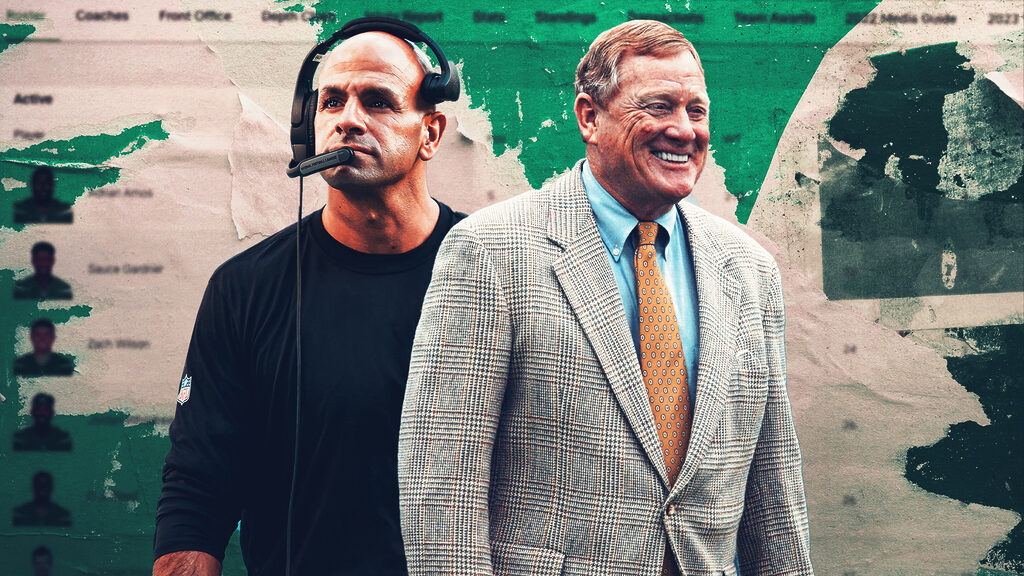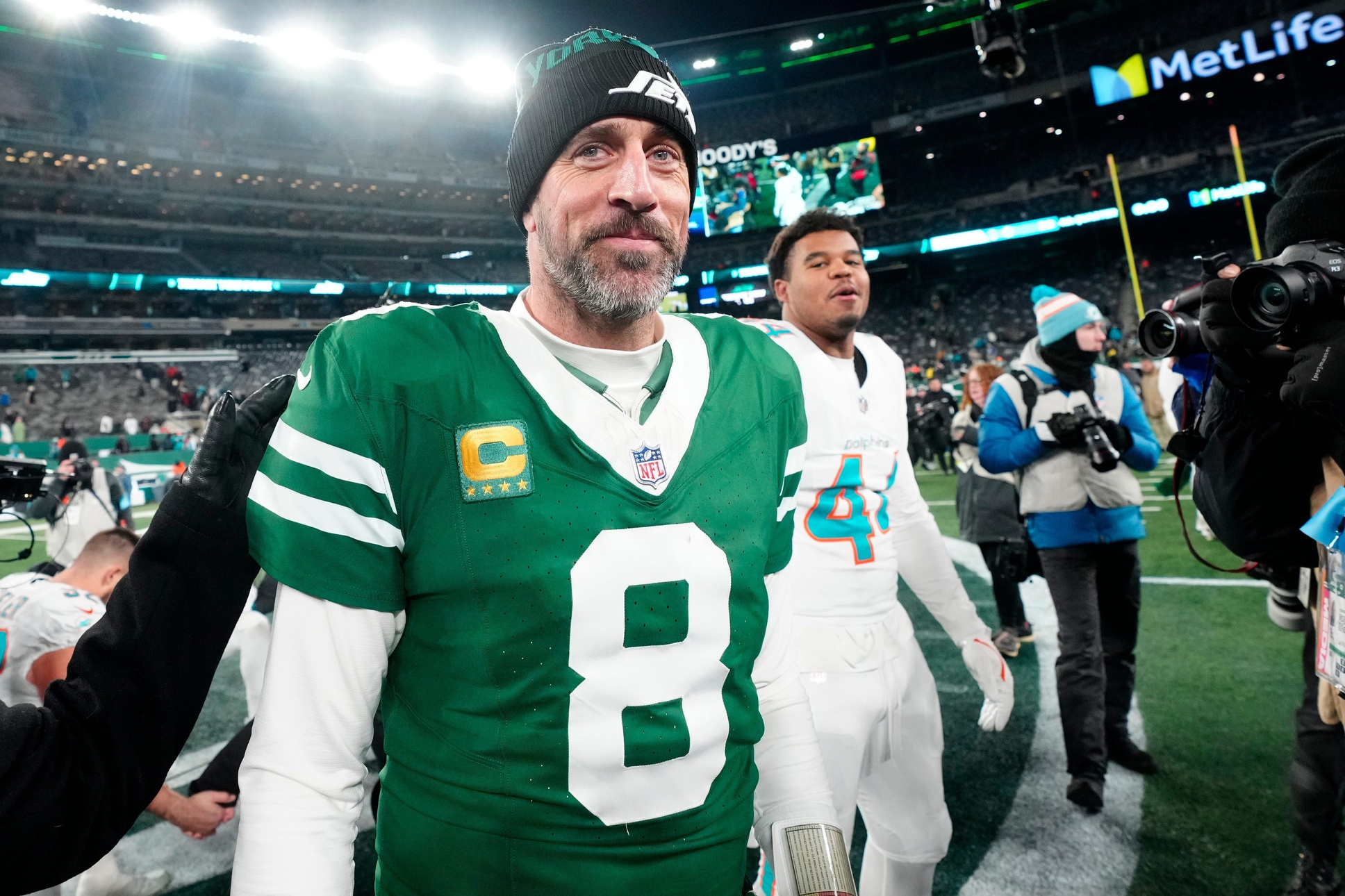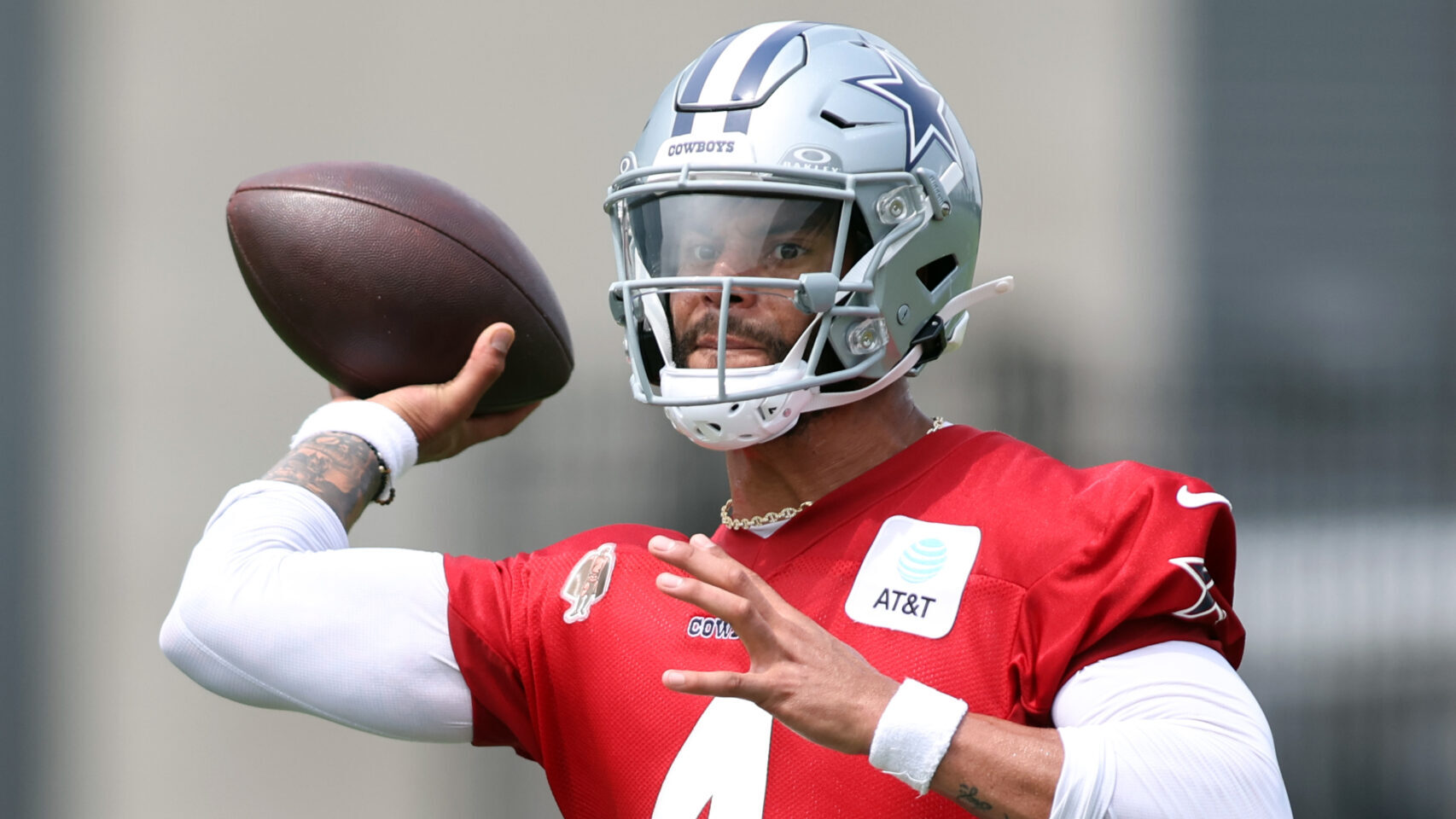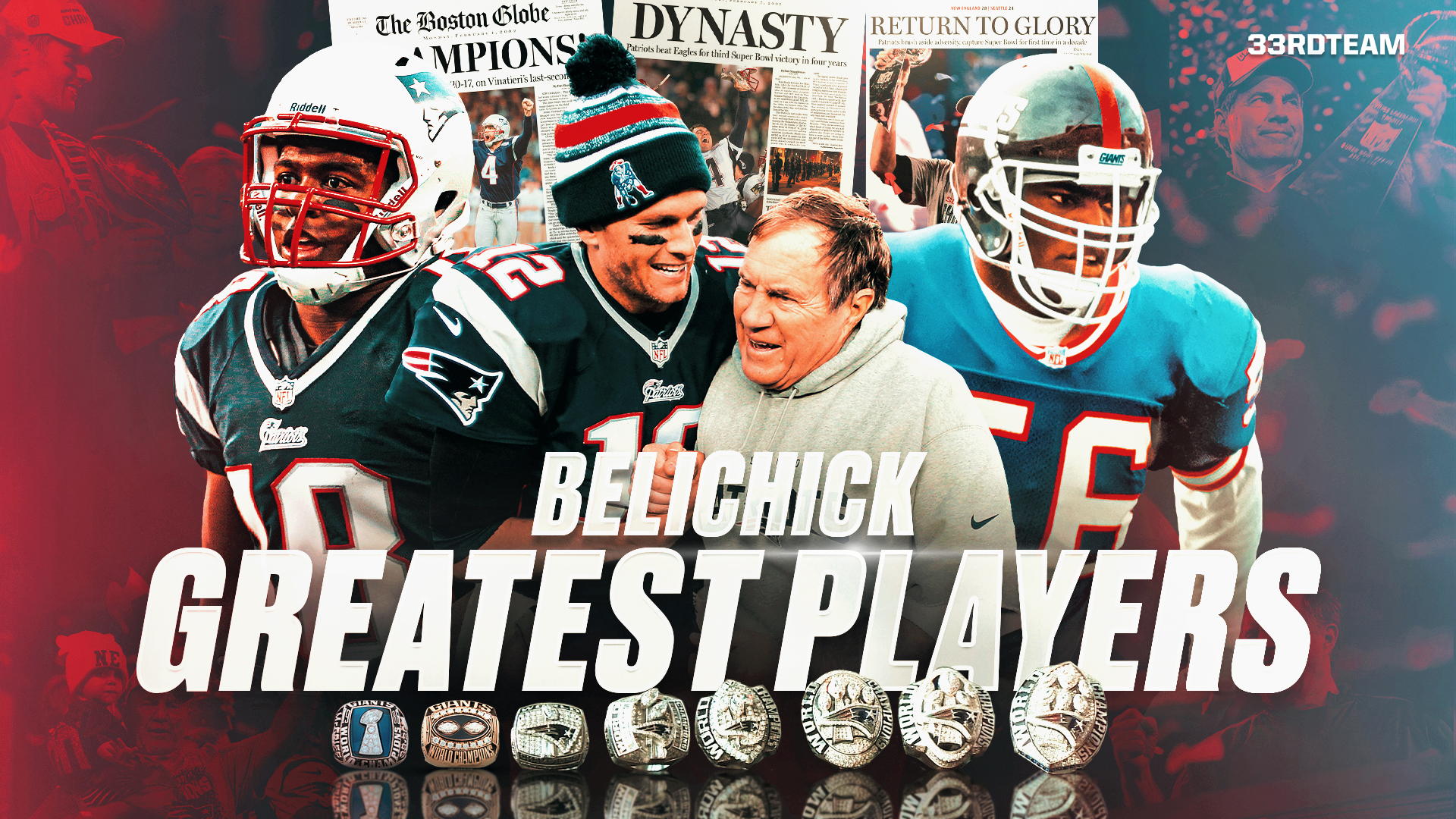Analysis
8/29/23
8 min read
An Inside Look at How Front Offices Handle NFL Player Cuts

NFL rosters are cut to 53 players on the active regular-season roster and teams begin establishing their 16-man practice squads on Tuesday and Wednesday.
One of the most challenging jobs a general manager has is letting players know they have been released from the team. Judging a player’s ability to make and help your club is a massive part of the general manager’s duties. Conversely, it is also true that when releasing a player, you are ending — at least for the moment — the player’s lifelong dream of playing in the NFL. No matter how often you are party to this process, it is still emotional.
>>READ: Cutdown to 53-Man Roster Explained
Rookies vs. Veterans
It’s slightly easier to let a rookie or young player go. At least they could have a shot with another club or league, such as the CFL. It is extremely difficult to let a long-serving veteran go because it might mean the end of his career.
In the early days of the modern NFL (the 1950s and 1960s), most teams played in baseball stadiums. These buildings were often unavailable during the preseason, so most teams barnstormed around the country, playing in college stadiums or non-NFL markets. In those days, there were six preseason games. This was later reduced to four, then three in the last two years. There was no limit on camp rosters until the 1990s.
That limit is now 90 players.
Off the Field, Teams Expand
In the formative years of the league, regular-season rosters were tiny (36 and later 40). The coaching staff was small, and the front offices were threadbare operations with a handful of non-football people. Even in the mid-1980s when I became general manager in Buffalo, the staff was minimal.
The entire Buffalo Bills organization, including 45 players, didn’t exceed 80 employees. There were, in short, many players to cut and few people to do it. That job usually fell to the head coach, general manager or both. Most of the players lived in the team’s camp hotel or dormitory.
An equipment or athletic training staff member or a personnel assistant was usually sent to instruct the players to “go see coach and bring your playbook.” Yes, there were actually large, three-hole binders called playbooks in those days rather than computer tablets. Naturally, that message was a football death knell. As a result, the messenger became known as “The Turk.”
“The Turk” wielded a verbal sword that ended football careers. Through the years, many of today’s scouts, executives and senior football people served as “The Turk” in their formative days.
Many stories have been written, and many myths have been made, about players hiding in closets, under beds, in showers or in other players’ rooms to avoid “The Turk’s” visit. Those are probably more forklore than fact.
I was privy to a few outbursts by players who felt they were incorrectly judged or not given a fair shot. Some of these can be frightening. A 280-pound man of excessive strength and aggression losing his temper is not a pretty sight.
Following the Schedule
Until two years ago, there were two official cutdown days in preseason. The first followed the third preseason game, where the roster went from 90 to 75, while the second — the final cut — taking the squad from 75 to 53, followed the preseason finale. Today, there is only one cut, from 90 to 53.
In Indianapolis, we recognized that the separation process is a difficult occurrence for a player. At the same time, it requires paperwork and procedures dictated by the collective bargaining agreement. We established a series of protocols that managed the process. Technology has streamlined things. In today’s NFL, “The Turk” no longer knocks on players’ doors. He calls or texts them to report to the team facility.
In our process, each player being released was given a sheet of paper on which each department head had to sign off to ensure the player had turned in his equipment and seen the trainer. If the player wanted to see the team doctor, that was immediately accommodated. He also received reimbursement in cash or an airline ticket to his residence. All of this is prepared to make the experience for the player as smooth as possible.
Four Groups of Players
On the designated days of cuts, we staggered the arrival of players to the facility based on their status. The first group consisted of players going on injured reserve or PUP. Because they were staying with us, I informed them of their status, answered any questions they had and then turned them over to our operations staff to get them started on their duties.
The next group consisted of the practice squad candidates. Because they had to clear waivers, I explained the procedure to them, and coach Tony Dungy gave them a little recruiting pitch.
At the same time, our assistant general manager gave their agents the same message. I always ended by saying, “We’re at odds here. You are hoping to get claimed, and I hope you don’t because we want you back with us very much. However it works out, it will be good for you. You earned it.”
The third group consisted of players we were waiving and did not wish to retain. They would see Dungy and me before beginning the separation procedure. My message to this group generally went like this:
“Thanks for your effort. I know you gave it your best. This is a tough team to make. You were good enough to compete with the best football players in the world, and that’s a great accomplishment. You are subject to waivers, and I hope another team claims you. If you go unclaimed, you could still try elsewhere in the NFL or another league. If you need a reference from us, please don’t hesitate to ask. We will be happy to supply it. If you have not yet finished school, that should be a priority. If you have and you want to continue to pursue your NFL dream, we wish you nothing but the best.”
Regardless of the outcome, we wanted each player who had been with us to know we valued and respected his effort. The last group of players with whom we dealt were the veterans. These were difficult, very personal and often emotional conversations with men I respected greatly who had done much to help make us successful.
A Real-Life Cut
One cut that stands out took place in Buffalo. An undersized, veteran, “tough as nails” linebacker had come to the end of the line. He had helped change our culture, got us to the playoffs and played through a shoulder separation in the previous year. He played with one good arm, lined up every week and did his job well. This player was a leader and a positive example to all his teammates — a pro’s pro.
He had already been to see coach Marv Levy. When he got to me, I knew what had transpired and was searching for the right words to tell him how much we owed and respected him. I barely got through a couple of sentences before we both lost it. He loved the game so much he couldn’t fathom leaving it, and I admired him so much I could hardly find a way to say goodbye.
In years past, a segment of the HBO television series “Hard Knocks” showed a player being cut in a manner that some in the media and at the league office viewed as insensitive. The problem was not that it was done but that it was captured on camera for a large audience. I agree with New York Jets coach Robert Saleh that the cutting of players should not be public.
‘The Turk’ Comes for Everyone
Every year during rookie orientation, I would explain to the young players that pro football is a terminal career for all of us. Few of us – players, coaches, scouts and general managers alike – get to leave on our own terms. “The Turk” comes for all of us. We just don’t know when he will knock.
For those whose journey is interrupted or ends this week, the message is straightforward: Be proud of what you accomplished and continue to pursue your dream while realizing the NFL is a weigh station in your life, not the destination. Carry the lessons you learn on the field with you always. Occupations and circumstances change. The values of the game endure.
Most importantly, treasure the memories and friendships you have made. They are priceless.
As told to Vic Carucci.
Bill Polian is a former front office executive and a six-time Executive of the Year award winner who won Super Bowl XLI with the Indianapolis Colts. Polian’s career as an executive earned him an induction into the Pro Football Hall of Fame in 2015.









